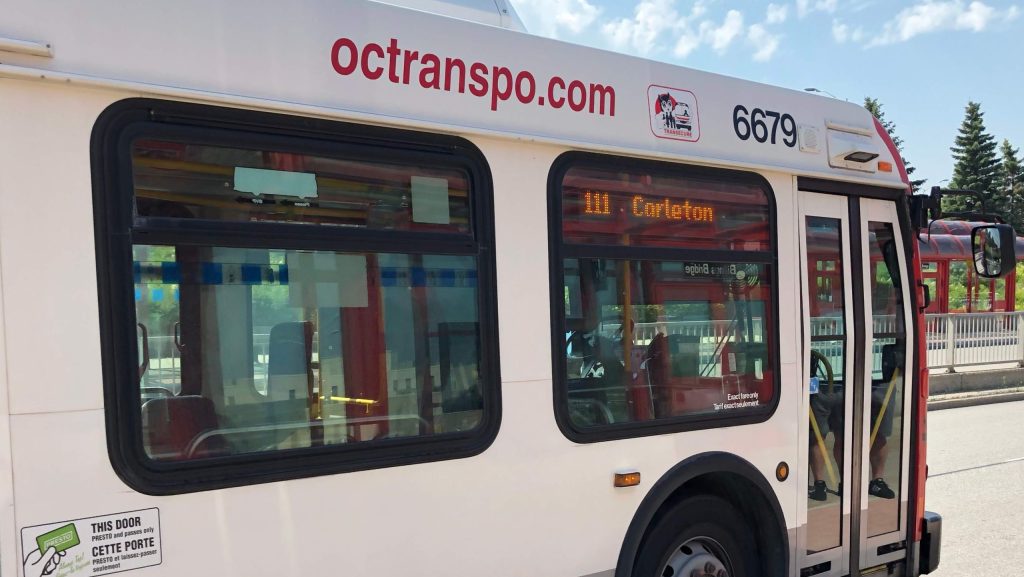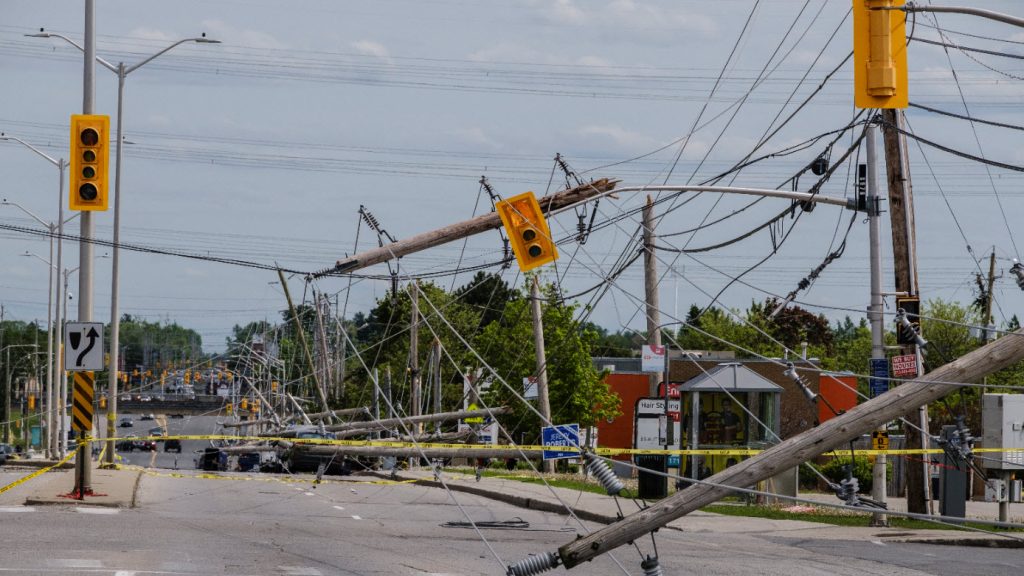What you didn’t know about high efficiency furnaces

Posted Jan 15, 2024 07:00:16 AM.
Last Updated Jan 10, 2024 10:24:00 AM.
We are seeing vast improvements in high-efficiency furnace technology
Innovations in technology continue to shape our lives in many different ways.
That includes the systems we incorporate into our homes. With the push for more sustainable lifestyles driving such innovation, we are seeing vast improvements in high-efficiency furnace technology.
That’s good news for homeowners who want to save money on energy while enjoying better home comfort.
“Many furnaces that were once considered high efficiency even a decade ago are now considered to be standard efficiency,” said Tracy Burgess, Service Manager at Carleton Refrigeration, Heating and Air Conditioning. “Replacing a furnace that’s 12 to 15 years old with a high-efficiency furnace will deliver very noticeable results in terms of cost savings and consistent heating.”
Burgess said furnace efficiency is based on its annual fuel utilization efficiency or AFUE.
A typical standard-efficiency furnace comes with an 80 percent AFUE rating. This means that 80 percent of the fuel being consumed by the furnace is used directly in the heating of your home. That’s leaves 20 percent discharged via the exhaust. In contrast, today’s top-line high-efficiency furnaces can deliver an AFUE of over 98 percent. With less than two percent being wasted through the exhaust, such high-efficiency furnaces require less gas or electricity to annually heat your home.
This means you pay less for your energy bills.
High-efficiency furnaces use sealed combustion to bring air from outside the home inside through an intake pipe. This design differs from a typical standard-efficiency furnace, most of which use open combustion or air from inside the furnace room and surrounding area. This can be a problem when the furnace is located in a tight crawlspace that is not properly sealed or insulated. The process of combustion can result in the release of carbon monoxide into the air inside the home. With a sealed combustion chamber incorporated into the high-efficiency furnace design, this is less likely to be an issue unless a crack develops in the heat exchanger.
According to Burgess, a high-efficiency furnace is mechanically more complex and therefore more expensive to buy and repair. However, she said the benefits outweigh the short-term costs of buying one.
“High-efficiency furnaces do a better job of transferring the heat they generate into your home’s living spaces and not out the exhaust venting,” she said. “The result is you use less energy which could reduce your heating bill. You also get more consistent comfort throughout your entire home. Initially, it’s an investment but it does help increase the value of your home.”
Whether you’re in the market for a new furnace or simply considering the benefits of an upgrade, Burgess suggests booking an appointment with an HVAC expert to discuss your options. You can also incorporate a heat-loss analysis of your home to see where you’re losing the most heat, whether through old windows or drafty doors.
Once you decide to buy a high-efficiency furnace, book your installation with a reputable company that offers guarantees on installation and the product you buy.
For more information or to book your service call, visit Carleton Refrigeration Heating and Air Conditioning at 150 Industrial Ave, Carleton Place, or online at www.carletonrefrigeration.com. Call them at 613-257-8282 or 1-866-557-8282.








